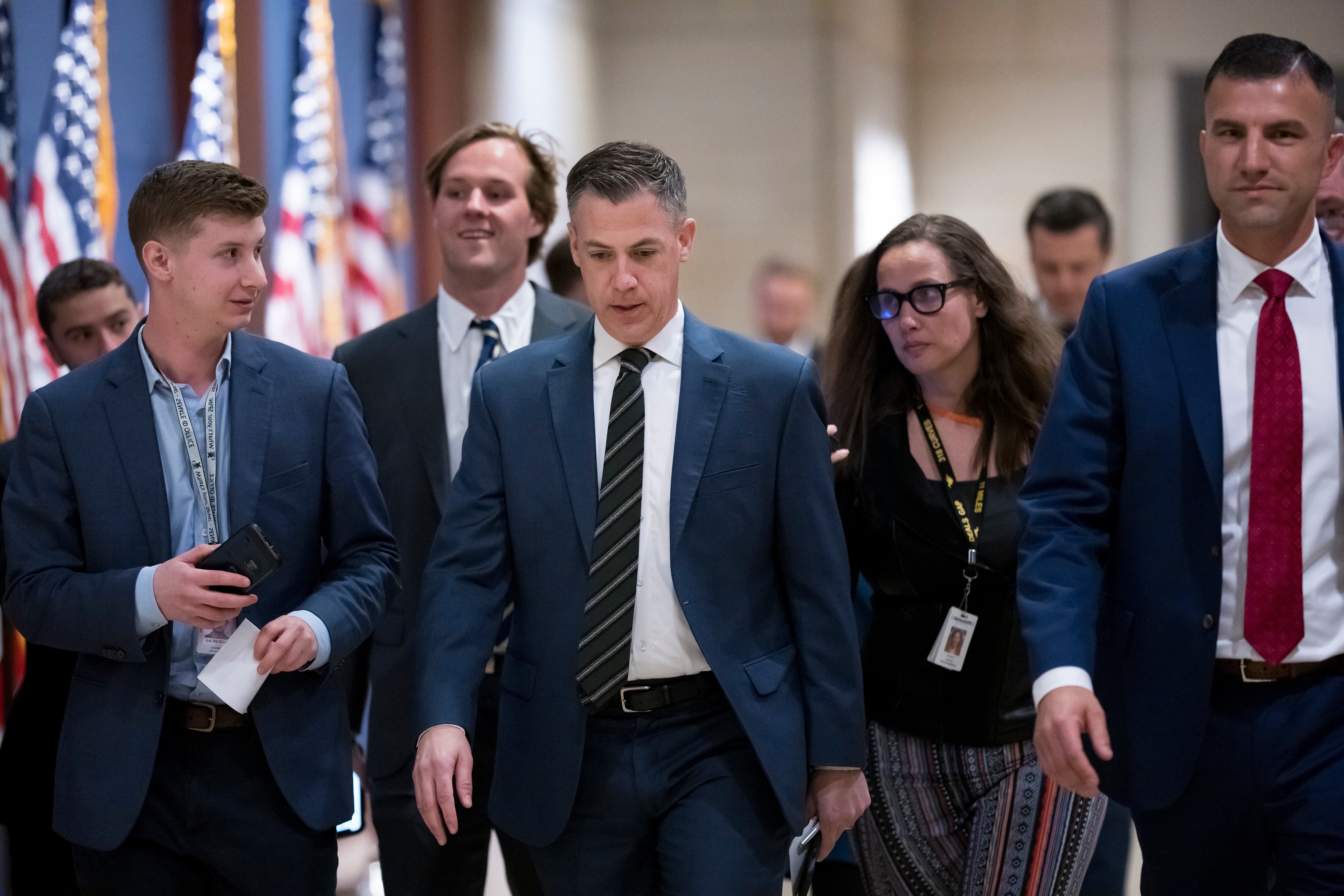As the EA-6B Prowler flies into retirement and the Corps takes a new approach to electronic warfare, some Marines who spent their careers in the radar-jamming aircraft will be transferred to other military occupation specialties, and many will work with unmanned aircraft.
About round 10 percent of Marines, in the 7588 electronic warfare officer MOS from Prowlers squadrons will become 7315 unmanned aircraft systems officers, a community that works with unmanned aircraft. Concurrently, the Corps is changing the duties of the 7315 MOS.
"The new 7315 MOS will provide us with a cadre of better-trained and more versatile [unmanned aircraft systems] officers capable of serving in a variety of operational roles in support of Marine Corps Ddoctrine," Greenberg said.
Most of the transitioning electronic warfare Marines will be company-grade officers with a primary 7588 MOS, said Maj. Paul Greenberg, a Marine spokesman at the Pentagon. Other electronic warfare officers will stay in that MOS until they leave the service, and will serve in B-billets, he said.
The electronic warfare community's transition is one facet of the Corps' new approach to controlling the electromagnetic spectrum in battle, and the service's new philosophy is more complex than merely rolling dozens of Marines from a niche community into a new MOS. Currently, Prowlers are the service's electronic warfare workhorse, but in the future, a variety of platforms — including unmanned systems, rotary aircraft and ground vehicles — will also be a part of this warfare domain. It amounts to a Corps-wide makeover of electronic warfare in which where manipulating and monitoring the electromagnetic spectrum is a more integral part of every aspect of combat.
"This integration of manned and unmanned airborne and ground EW capabilities will provide the [Marine air-ground task force] commander with greater flexibility and control of the EW than he has ever had before," the Corp's 10-year aviation plan states.
The MOS transition process will start as early as October in fiscal 2016 as Prowlers begin to be phased out, Greenberg said. The transition sundown begins and will continue through fiscal 2019 when the aircraft leaves the fleet.
About round 80 percent of electronic warfare officer billets are expected to become unmanned aircraft systems officer billets, he said. The 7588s will become 7315s, while the remaining 20 percent are expected to transition to other pilot or naval flight officer MOSs, or switch into intelligence or communication communities.
Greenberg said others will join the Marine Air Ground Task Force Cyberspace and Electronic Warfare Coordination Cell, a unit that will help the Corps develop it's cyber and electronic warfare capabilities.
Electronic warfare officers who become unmanned aircraft systems officers will no longer receive monthly aviation career incentive pay. The bonus varies by years of service as an officer, but ranges from $125 per month for Marines with two or fewer years of service, to as much as $840 per month for those with 14 to 22 years of service. Payments decrease for officers with longer tenure.
Marines from both MOSs military occupation specialties will complete training as a part of the changing duties for transition in the 7315 community. Electronic warfare officers entering the new MOS will attend an "abbreviated UAS training course" while current 7315s will receive "comprehensive electronic warfare training," Greenberg said.
Freshly-commissioned officers entering the 7315 community will receive both unmanned aerial system and electronic warfare training. That curriculum will be implemented next year, he said.
Officials are revising the 7315 MOS and a new, detailed description of the occupation is expected by the end of the year. While details aren't finalized, the community will serve in a variety of roles, Greenberg said.
The Corps' MOS manual says that 7315s currently supervise and coordinate unmanned aerial vehicle missions, and are experienced in mission planning and ground control stations, and know how the unmanned aircraft's operators and payload operators do their jobs.
The change also significantly alters changes manning in the two communities. There are currently 80 billets for 7315s, but only 44 Marines. There are 123 billets for 7588 Marines, while 157 officers have that MOS.
Unmanned aircraft operators are a small community in the Corps, but they are in high demand elsewhere in the military. The Air Force has had a tough time retaining pilots to operate unmanned aircraft, so recently released a memo that increases monthly bonuses from a maximum of $650 to $1,500.





